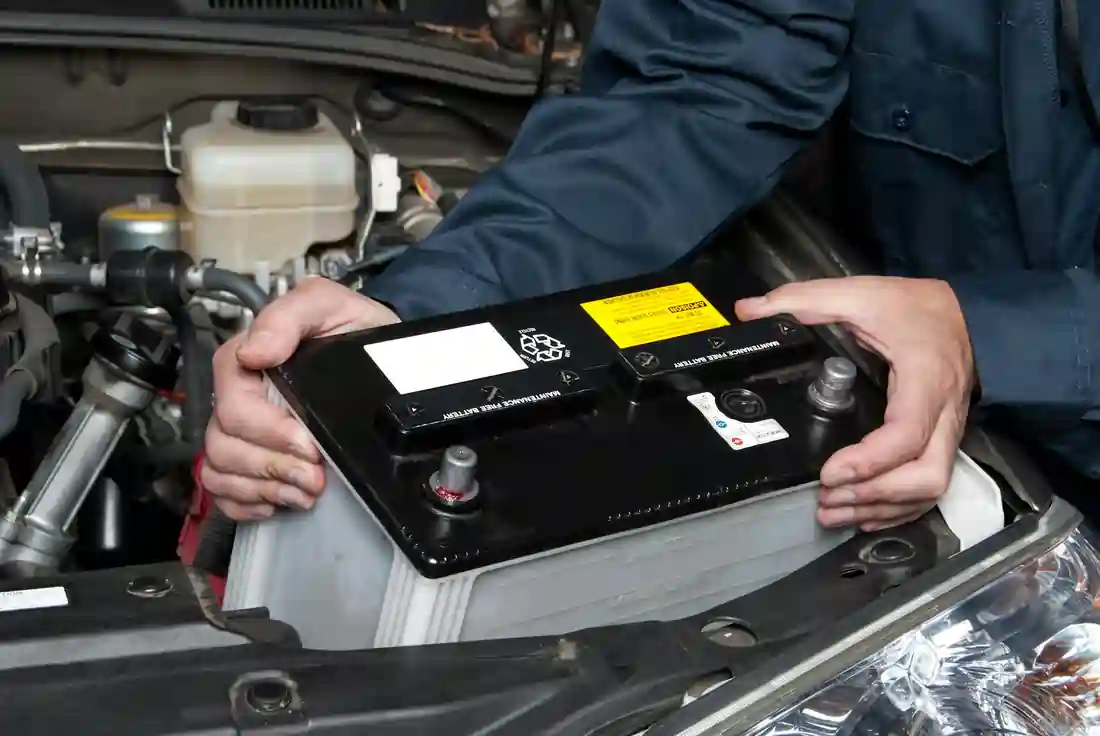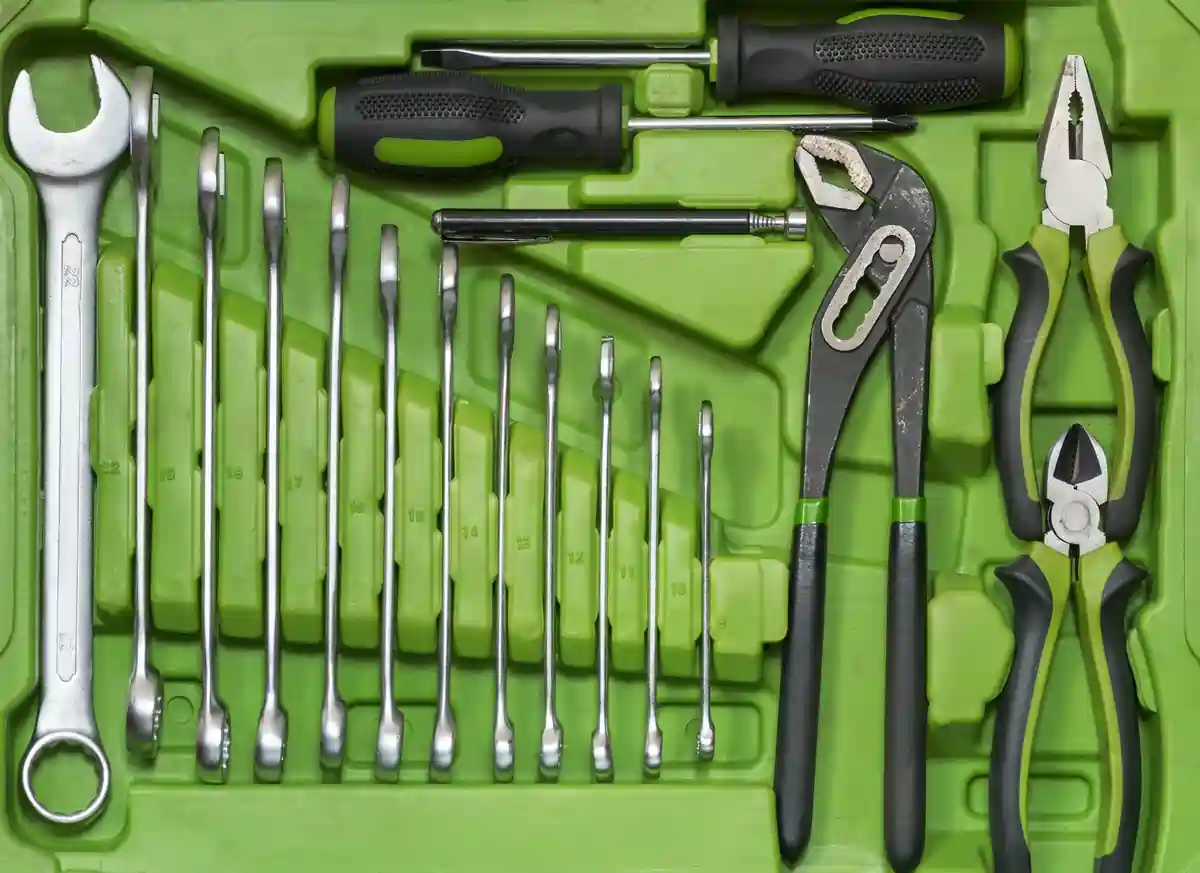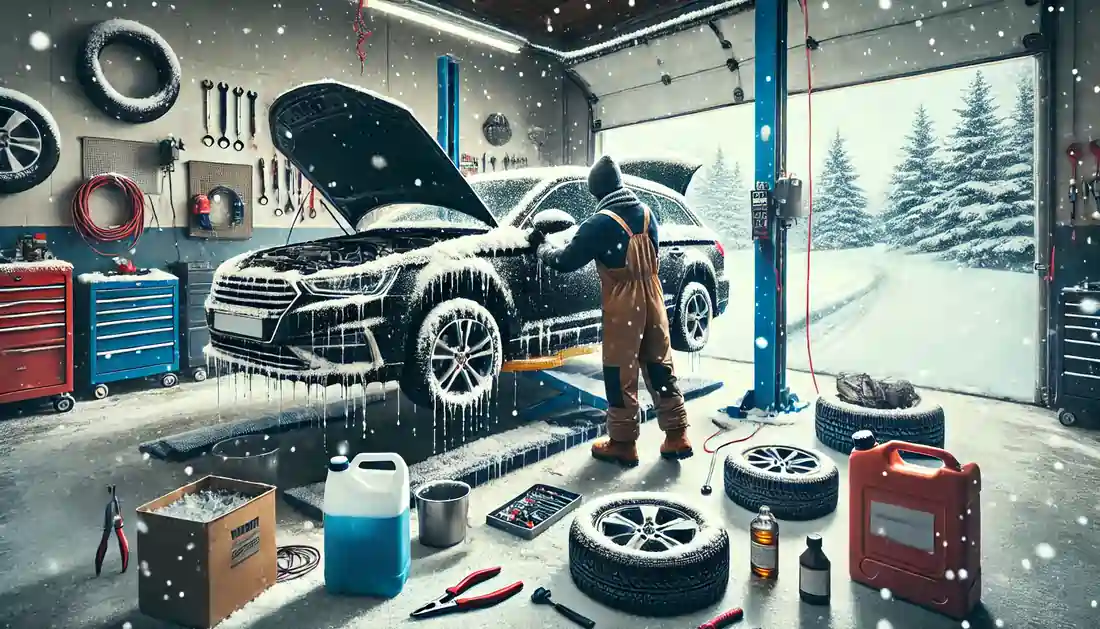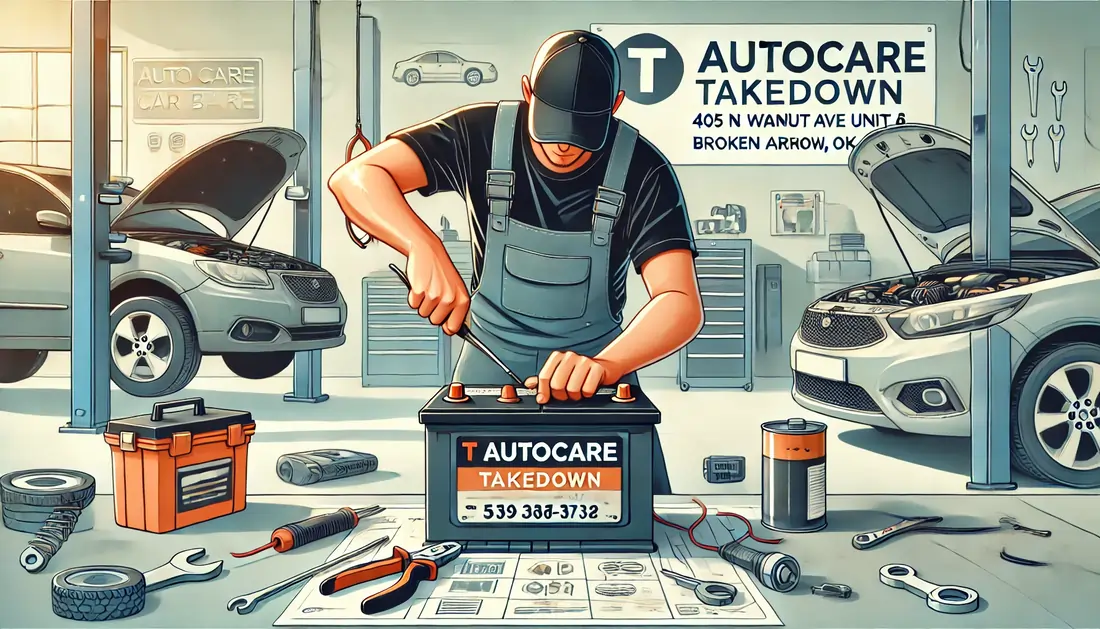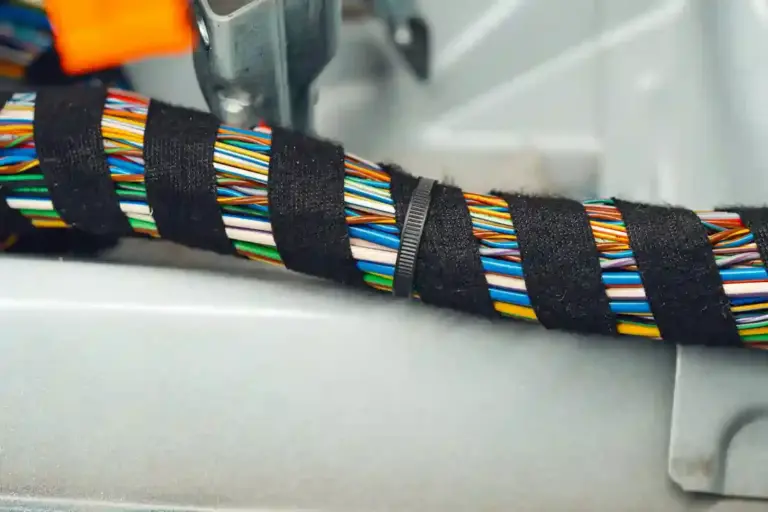Jump-starting a car is a crucial skill for any driver. It’s not only helpful in getting your vehicle running again after a dead battery but also important for staying safe during the process. Understanding how to properly jump-start a car can save you time and money.
If your battery is consistently dying, you may want to explore battery replacement services. Additionally, maintaining your vehicle’s electrical system can prevent future issues.
How Jump-Starting Works
Jump-starting a car uses jumper cables to connect a dead battery to a live one. This transfers enough power to recharge the dead battery and get the vehicle started. Dead batteries are common, and knowing how to handle them can be a lifesaver. If your car experiences repeated battery issues, it might be a sign of a deeper problem requiring engine diagnostics.

Tools and Equipment Needed
To jump-start your car safely, it’s essential to have the right tools and equipment ready. Here’s a breakdown of what you’ll need and why each item is important:
Tools and Equipment Needed
Having the right tools can make a huge difference when jump-starting your car. Reliable items like jumper cables or a portable jump box can help you get back on the road quickly. The right tools also help you avoid problems and make sure you’re safe while working on your vehicle. By being prepared with the proper equipment, you can handle unexpected car issues with confidence and ease.
1. Jumper Cables
Jumper cables connect the dead battery to a working one. It’s best to use a set that is long and thick enough for safe use. If your car consistently requires jump-starting, it might be time for an engine diagnostic.
2. A Functioning Vehicle
The vehicle providing the charge must have a healthy battery. Regular maintenance, like a coolant system check, ensures your car runs smoothly.
3. Portable Jump Box
A portable jump box can be a lifesaver, especially when there’s no one around to help. It’s a great addition to your car’s emergency kit.
4. Safety Gloves and Goggles
Always wear gloves and goggles to protect against sparks or battery acid. If your battery has visible damage, consider electrical system repair.
5. Basic Tools for Terminal Cleaning
Sometimes, corrosion on the battery terminals can prevent a successful jump-start. Keep a wire brush or a battery terminal cleaning tool in your car for quick fixes. A few basic tools, like screwdrivers or a socket set, can also help. Check out these essential tools for car owners.
Step-by-Step Guide
Preparation
Safety First: Before you begin, make sure both cars have 12-volt batteries and are parked in a safe, well-ventilated area. Set the vehicles in park (for automatic) or neutral (for manual) and engage the parking brakes. Turn off all electrical systems, like lights and the radio, in both vehicles. Be sure to remove the keys from the ignition to prevent any electrical issues. If you’re unsure about the safety of your battery, consider a battery inspection to avoid further problems.
Connecting the Jumper Cables
- Identify Battery Terminals: Locate the positive (+) and negative (-) terminals on both batteries. Clean any corrosion or dirt off the terminals using a wire brush if necessary.
- Attach the Red Clamps: Connect one red clamp to the positive terminal of the dead battery and the other red clamp to the positive terminal of the live battery.
- Attach the Black Clamps: Connect one black clamp to the negative terminal of the live battery. Attach the final black clamp to an unpainted metal surface on the engine block or chassis of the car with the dead battery. This serves as a ground and helps prevent sparking near the battery.
Jump-Starting the Car
Start the Donor Car: Turn on the vehicle with the live battery and let it run for a few minutes. This allows the dead battery to charge enough to start.
Start the Dead Car: Try starting the car with the dead battery. If it doesn’t start, wait a few more minutes and try again. Once it starts, let both cars run for about five minutes to ensure the battery has enough charge. For more tips on maintaining your battery, check out our battery care guide.
Disconnecting the Jumper Cables
- Remove the Black Clamps: First, disconnect the black clamp from the engine block or chassis of the car with the dead battery, then disconnect the black clamp from the negative terminal of the live battery.
- Remove the Red Clamps: Next, disconnect the red clamp from the positive terminal of the live battery, then disconnect the red clamp from the positive terminal of the dead battery. Ensure that the clamps do not touch each other or any metal surfaces during this process.
Post-Jump-Start Actions
Drive the Jump-Started Car: To ensure the battery fully recharges, drive the car for at least 20 minutes. This gives the alternator enough time to restore the battery’s charge and help prevent further issues.
Check Battery Health: If your car needs another jump start soon after, it could indicate that the battery is failing. Consider visiting a shop for a battery health check or replacement to avoid future problems.
Additional Tips
- Alternative Methods: Portable jump starters can be used if another vehicle is not available. These devices are compact and can be kept in your car for emergencies.
- Safety Precautions: Always wear safety gloves and goggles, and keep a fire extinguisher handy in case of emergencies. Do not attempt to jump-start a damaged or leaking battery.
Conclusion
Knowing how to jump-start your car is an essential skill for any driver, especially when faced with a dead battery in an unexpected situation.
However, if you ever find yourself in need of professional assistance, our team of auto mechanics in Broken Arrow is ready to help with all your car repair needs.
Contact Us:
- Address: 1501 W Detroit St, Broken Arrow, OK 74012
- Phone: (539) 367-3738
Ensure your vehicle is always ready to go by maintaining your battery and knowing how to jump-start it properly. Trust our expert team for all your auto repair and maintenance needs.
Useful Links on Jump Starting a Car:
- Car and Driver – Step-by-step guide for using jumper cables safely
- KBB – How To Jump a Car Quick Tips
- I Drive Safely – Simple Steps to Bring Your Car Battery Back to Life

